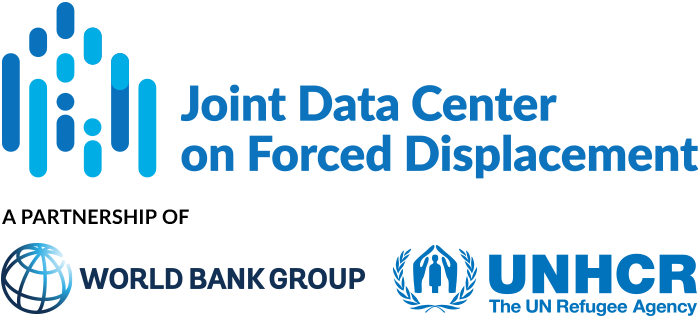This paper analyzes how IDPs fare after displacement in terms of their labor market outcomes, focusing on the long-term labor market disadvantage of IDPs (10 to 15 years after conflict). The conceptual framework draws on the theory of cumulative disadvantage and...
JDC Literature Review
The Struggle for) Refugee Integration into the Labour Market: Evidence from Europe
The large influx of refugees and asylum seekers into the EU15 area has raised concerns about their integration into European labor markets and societies. The authors use repeated cross-sectional survey data to examine the labor market performance of refugees relative...
Syrian Refugees: Limited Participation in Jordan’s Labour Force
This article discusses the reasons for the low labour force participation among Syrian refugees in Jordan; 77 percent of Syrian refugees are out of the labor force. Working illegally and informally remains common among Syrian refugees in Jordan, despite the work...
Job Market Outcomes of IDPs: The Case of Georgia
The paper examines labor market outcomes for IDPs in protracted displacement in Georgia. Using 13 years of Integrated Household Surveys, the authors find that labor market outcomes for IDPs are much worse than those of local residents and ‘voluntary movers’ with...
Health Service Access and Utilization among Syrian Refugees and Affected Host Communities in Lebanon
This paper examines adult health needs, care-seeking behaviors and barriers to health care among Syrian refugees and affected host communities in Lebanon. The analysis is based on a 2015 survey of 1,376 Syrian refugee households and 686 host community households. The...
Services for Syrian Refugee Children and Youth in Jordan: Forced Displacement, Foreign Aid and Vulnerability
This paper provides an overview of services available to Syrian refugee youth and children (aged 6-29) in Jordan, including education, cash assistance, nutrition, health, livelihoods, water and sanitation, shelter, and protection. The analysis is largely based on...
Understanding the Socioeconomic Conditions of Refugees in Kalobeyei, Kenya: Results from the 2018 Kalobeyei Socioeconomic Profiling Survey
Kenya hosts more than 470,000 refugees, 40 percent of whom live in the Kakuma camps and Kalobeyei Settlement in Turkana County, one of the poorest counties in the country. The Kalobeyei Settlement was established in 2015 to accommodate the growing population...
Refugee Mobility: Evidence from Phone Data in Turkey
This paper examines the mobility of refugees across provinces in Turkey as a measure of their social integration. The analysis is based on call detail records from the Data for Refugees Turkey (D4R) challenge, combined with socioeconomic data at the province level...
Syrian Refugees in Lebanon: A Spatial Study
Lebanon hosts the second largest population of Syrian refugees and has the highest per capita population of Syrian refugees in the world. This paper examines the spatial distribution of Syrian refugees across districts in Lebanon and investigates the factors that...
Informing the Refugee Policy Response in Uganda: Results from the Uganda Refugee and Host Communities 2018 Household Survey
Uganda hosts about 1.3 million refugees in 13 districts, the majority from South Sudan and the Democratic Republic of Congo. This report analyzes the socio-economic profile, poverty, and vulnerability of refugees and host communities in Uganda based on data from the...


